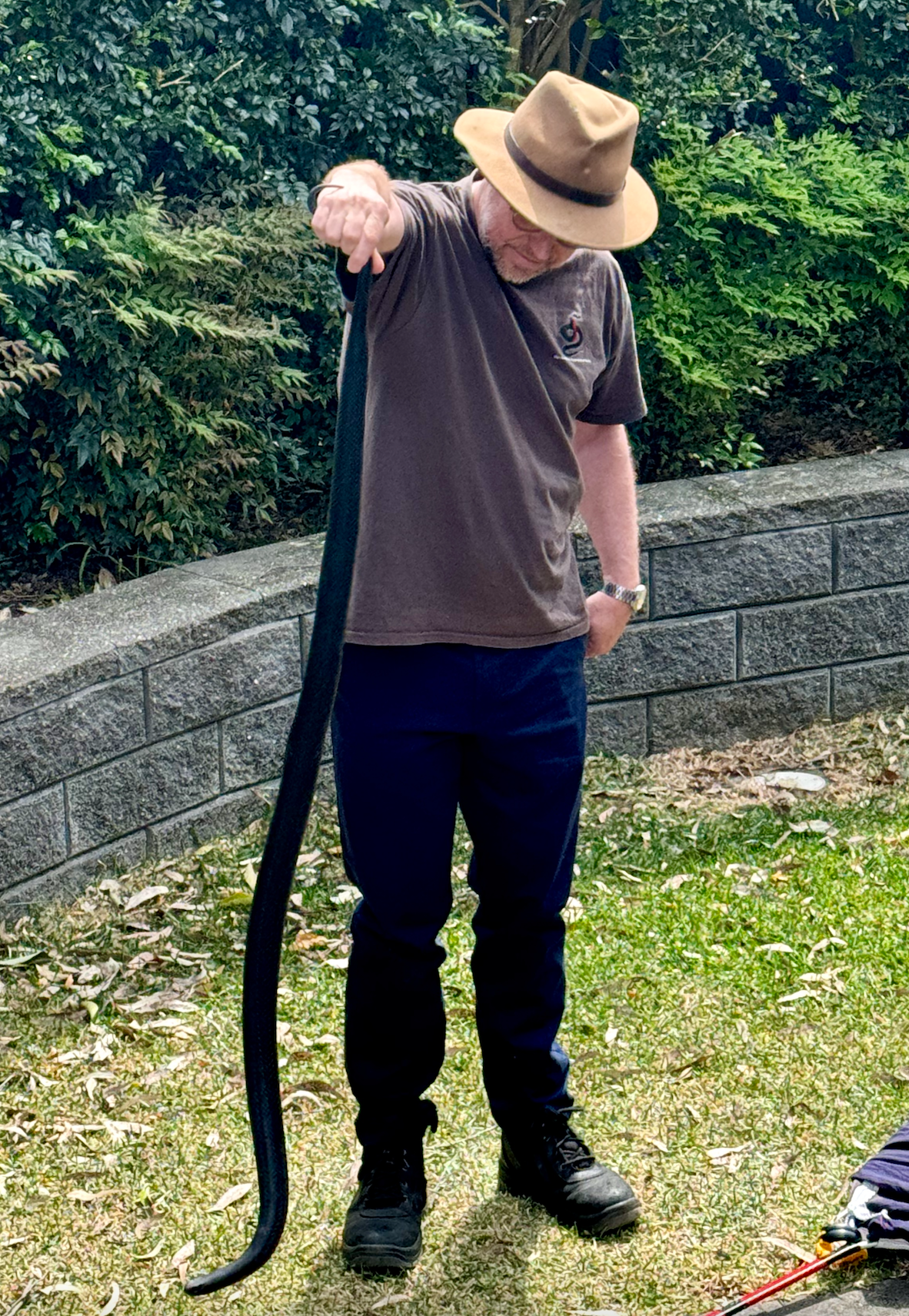How Blue-Tongue Skinks Are Fighting Off Snake Venom
Venom is a powerful evolutionary weapon that helps snakes hunt and survive. Snakes usually have venom that works best on the type of animals they eat the most. For example, venom that might not affect a rodent much can be deadly to a lizard or bird, which are often a snake’s natural prey.
Recent research found that Blue-Tongues have developed resistance to the venom of Red-Bellied Black Snakes. Normally, this venom causes the victim’s blood to clot rapidly by activating a protein in the blood called prothrombin. This effect, called procoagulant, helps many Australian snakes catch their prey quickly.
Surprisingly, blue-tongue skinks are still vulnerable to the venom of smaller snakes, even though their venom works in a similar way. This suggests that the skinks' resistance evolved specifically to counter the Red-Bellied Black Snake, which is a major predator of the skink. On the other hand, monitor lizards, which also interact with venomous snakes, show no such resistance. They rely on their thick, bony scales and careful prey-handling skills to avoid being hurt by snake bites.
This difference in how Blue-Tongues and monitor lizards handle snake venom shows an ongoing "arms race" in evolution between predators and prey. Skinks have developed a special protein in their blood that neutralizes the Red-Bellied Black Snake’s venom, similar to how some squirrels resist rattlesnake venom. But monitor lizards haven’t had to evolve this defence, as their natural armour and behaviour already protect them.
Key Takeaways:
Blue-tongues have developed resistance to the blood-clotting venom of the Red-Bellied Black Snake.
This resistance is likely caused by a special protein in their blood that binds to and neutralizes the venom.
The skinks' resistance is specific to Red-Bellied Black Snake venom, as their blood still responds to venom from other snakes.
Monitor lizards, or Goannas don’t have resistance to venom, but their tough scales and cautious behaviour provide protection.
Australia is home to over 150 venomous snake species, many of which feed on reptiles like skinks. These findings help scientists understand how different reptiles have evolved to deal with venomous threats, depending on whether they’re prey or predators.
This study builds on earlier research that shows venom evolves to target specific prey, and prey animals can develop resistance to it over time. Other animals, like squirrels and opossums, have evolved similar defences against venomous predators.
These images show where a Red-Bellied Black Snake bit a Blue-Tongue Skink repeatedly for 30 minutes. Despite the repeated attacks, the skink’s venom resistance allowed it to survive. Eventually, the snake gave up and slithered away, while the skink ran off in the opposite direction!
Originally published as Evidence for Resistance to Coagulotoxic Effects of Australian Elapid Snake Venoms by Sympatric Prey (Blue Tongue Skinks) but Not by Predators (Monitor Lizards) Nicholas J. Youngman 1 , Joshua Llinas 2 and Bryan G. Fry
A large male Red Bellied Black Snake captured in Kellyville, NSW. This was the second one the owners had in their courtyard in a matter of weeks.





